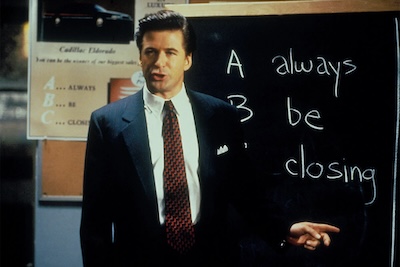Ferzan Özpetek is one of Italy’s most prolific directors and one of the very few who consistently delve into queer themes. His latest film, Diamonds (Diamanti), currently screens at the Open Roads: New Italian Cinema festival in NYC and opens this fall in the U.S. The film deviates slightly from gay-themed fair. However, it’s certainly gay-adjacent as it’s set in the turbulent world of film and theater costume design in the 1970s.
Diamonds, which Özpetek co-wrote with Elisa Casseri and Carlotta Corradi, is a love letter to his female heroes, including his cinematic leading ladies as well as those that have inspired him, on the screen and off—the film is dedicated to Mariangela Melato, Virna Lisi, and Monica Vitti. You can read my mini-review HERE.
Özpetek began his career working in theater and made his first film, Hamam (Steam: The Turkish Bath) in 1997, which was presented at the Cannes Film Festival. In 1999, he directed Harem Suare which was part of Un Certain Regard at Cannes. His next film, the gay-themed The Ignorant Fairies (aka His Secret Life) would gain him international acclaim in 2001.
Facing Windows (2003) won 5 David di Donatello Award including Best Film and Sacred Heart (2005) picked up 12 Donatello nominations and won Best Actress for Barbora Bobuľová. His subsequent credits include: the brilliant Saturn in Opposition (2007), A Perfect Day (2008), Loose Cannons (2010), Magnificent Presence (2012), Naples in Veils (2017), The Goddess of Fortune (2019) and the semi-autobiographical, Nuovo Olimpo (2023). Most of these films were either queer-themed or contained LGBTQ characters.
The Contending was honored to sit down virtually with Özpetek to discuss his career, 15 years of continuous queer cinema, and Diamonds.
The very first answer to the question about his inspiration for making the film was not translated, but here is a transcript of the translation:
“I wanted to make a film with the various actresses I’ve worked with over the years. I’ve made 14 films. This is my 15th. I also made a series. And I sat down with my screenwriter asking, how can we do this? I remembered the time I worked as a production assistant in film which involved going to one of the great tailoring shops in Rome the Sartoria Tirelli. There, I would accompany the director, the actor and actresses. The people I would meet were some of the most famous costume designers of the period—Oscar-winners such as Gabriella Pescucci, Milena Canonero and Maurizio Millenotti. Piero Tosi, as well. If you look at the film on paper it looks very complicated. 18 actresses, meaning 18 cars to pick them up, 18 assistants, makeup, costumes. It makes for a huge troupe. But in reality, we worked in great harmony and it was a pleasure.”
For more information about Diamonds and Open Roads: New Italian Cinema, visit Film at Lincoln Center.









